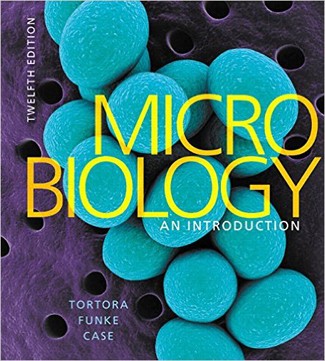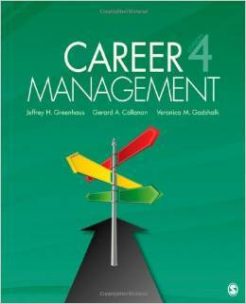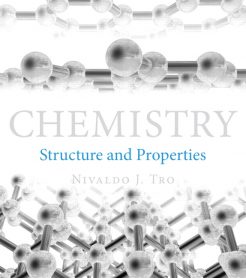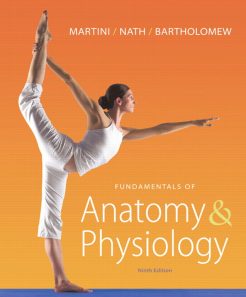Description
ISBN-10: 0321929152
ISBN-13: 9780321929150 978-0321929150
Microbiology: An Introduction, 12e, (Tortora)
Chapter 4 Functional Anatomy of Prokaryotic and Eukaryotic Cells
4.1 Multiple-Choice Questions
1) Which of the following statements is INCORRECT regarding prokaryotic cells?
A) Their DNA is not enclosed within a membrane.
B) They lack membrane-enclosed organelles.
C) They typically have a circular chromosome.
D) They reproduce by binary fission.
E) They lack a plasma membrane.
Answer: E
Section: 4.1
Bloom’s Taxonomy: Knowledge
ASMcue Outcome: 2.2
Learning Outcome: 4.1
2) Each of the following statements concerning the gram-positive cell wall is true EXCEPT
A) it maintains the shape of the cell.
B) it is sensitive to lysozyme.
C) it protects the cell in a hypertonic environment.
D) it contains teichoic acids.
E) it is sensitive to penicillin.
Answer: C
Section: 4.4
Bloom’s Taxonomy: Analysis
ASMcue Outcome: 2.2
Learning Outcome: 4.5
Global Outcome: 2
3) Which of the following statements best describes what happens when a bacterial cell is placed in a solution containing 5% NaCl?
A) Sucrose will move into the cell from a higher to a lower concentration.
B) The cell will undergo osmotic lysis.
C) Water will move out of the cell.
D) Water will move into the cell.
E) No change will result; the solution is isotonic.
Answer: C
Section: 4.5
Bloom’s Taxonomy: Comprehension
Learning Outcome: 4.9
Global Outcome: 2
4) A gram-positive bacterium suddenly acquires resistance to the antibiotic methicillin. This trait most likely occurred due to acquisition of new genetic information through
A) conjugation.
B) binary fission.
C) meisosis.
D) transformation.
E) transduction.
Answer: A
Section: 4.3
Bloom’s Taxonomy: Comprehension
ASMcue Outcome: 4.1
Learning Outcome: 4.4
Global Outcome: 2
5) By which of the following mechanisms can a cell transport a substance from a lower to a higher concentration?
A) simple diffusion
B) facilitated diffusion
C) active transport
D) extracellular enzymes
E) aquaporins
Answer: C
Section: 4.5
Bloom’s Taxonomy: Analysis
Learning Outcome: 4.9
Global Outcome: 2
6) Which of the following is NOT a typical characteristic of most bacterial plasma membranes?
A) site of energy production
B) composed of a phospholipid bilayer
C) contains proteins
D) contains cholesterol
E) is selectively permeable
Answer: D
Section: 4.5
Bloom’s Taxonomy: Comprehension
ASMcue Outcome: 2.4
Learning Outcome: 4.8
Global Outcome: 2
7) Which one of the following organisms has a cell wall?
A) protoplasts
B) fungi
C) L forms
D) mycoplasmas
E) animal cells
Answer: B
Section: 4.7
Bloom’s Taxonomy: Knowledge
ASMcue Outcome: 2.4
Learning Outcome: 4.14
Global Outcome: 7
8) Which of the following statements is TRUE?
A) Endospores are for reproduction.
B) Endospores allow a cell to survive environmental changes by producing a dormant period with no growth.
C) Endospores are easily stained in a Gram stain.
D) A cell produces one endospore and keeps growing.
E) A cell can produce many endospores.
Answer: B
Section: 4.5
Bloom’s Taxonomy: Knowledge
ASMcue Outcome: 2.3
Learning Outcome: 4.12
9) Which of the following pairs is mismatched?
A) endoplasmic reticulum — internal transport
B) Golgi complex — secretion
C) mitochondria — ATP production
D) centrosome — food storage
E) lysosome — digestive enzymes
Answer: D
Section: 4.11
Bloom’s Taxonomy: Knowledge
Learning Outcome: 4.19







Reviews
There are no reviews yet.